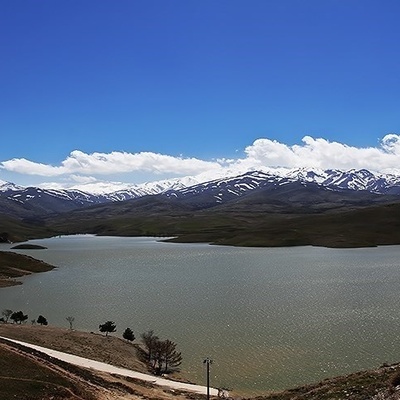SAEDNEWS: In the aftermath of the “12‑Day War,” Dr Hassan Beheshti‑Pour lays out a step‑by‑step, multilateral roadmap designed to rebuild trust and avert all‑out conflict between Iran and the United States.

According to Saed News, after the U.S. strike on Iranian nuclear sites on 21 June and Iran’s retaliatory missile attack on a U.S. base in Qatar—followed by Tehran’s suspension of IAEA cooperation—the deepening mistrust has cast a pall over any hopes of resuming talks. Dr Hassan Beheshti‑Pour argues that the crisis demands a realistic, phased “action‑for‑action” framework incorporating deterrence, confidence‑building, and key third‑party actors.

He identifies three core obstacles: entrenched domestic opposition on both sides; forty‑seven years of historical betrayals and sanctions; and the meddling agendas of Israel, the European “troika,” China, and Russia. To overcome these, he proposes five sequential stages:
Ceasefire and Return to Talks
– Iran: limited IAEA monitoring without halting enrichment.
– U.S.: suspend military operations and permit a capped oil export (e.g., 500,000 bpd).
– Mediator: Oman or Qatar.
Technical Transparency and Multilateral Oversight
– Iran: formal enrichment declarations and phased joint inspections (IAEA plus neutral observers such as Brazil or South Africa).
– U.S.: unlock selected frozen assets and resume essential banking channels.
Regional Summit for Stability
Convene Gulf Cooperation Council members alongside China, Russia, and the EU under UN auspices to endorse a non‑aggression pledge and safeguard peaceful nuclear activities.
Phased Sanctions Relief
Gradual lifting of oil, banking, and shipping sanctions upon verification of agreed enrichment limits (3.67 percent max, with reversible breakout capacity).
Comprehensive Multilateral Treaty
Final treaty ratified by the UN Security Council, binding both sides to arbitration and automatic counter‑sanctions for unilateral breaches.
Beheshti‑Pour also stresses the need for transparent domestic outreach—framing diplomacy not as capitulation but as “defending national dignity while avoiding catastrophe”—and the activation of international legal mechanisms to deter future strikes. “Only a measured, verifiable, and multilateral ‘step‑for‑step’ approach can steer both nations back from the brink,” he concludes.

